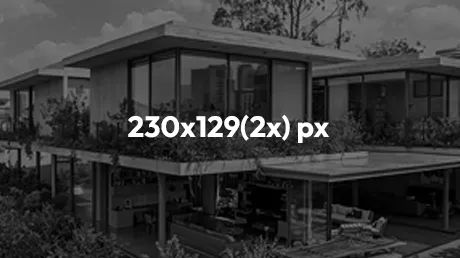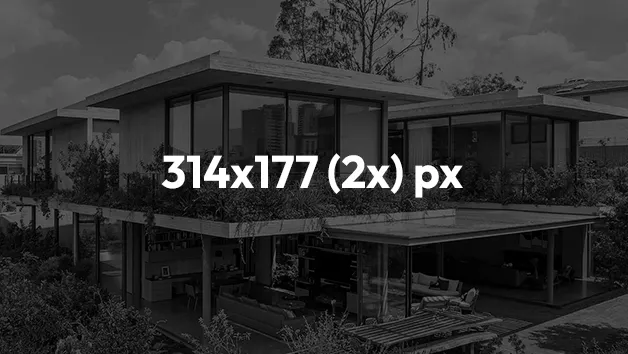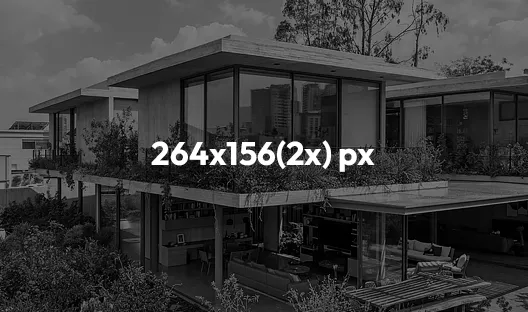Meet Cemex
We are a global leader in construction materials, committed to operational excellence, disciplined growth, and delivering sustainable value for our customers, communities, and shareholders.

Our Profile
With more than a century of experience, Cemex is a global leader in construction materials, combining operational excellence with sustainable innovation. We aim for carbon neutrality through research and advanced technologies, while offering cement, ready-mix concrete, aggregates, and urbanization solutions through a superior digital experience.
Strategic Pillars
Our strategic pillars drive sustainable growth by prioritizing safety, enhancing efficiency, investing in key markets, maximizing value, and advancing decarbonization.
Health & Safety
Health and safety are our top priority. Guided by our Zero4Life ambition, we embed safety into every process, proactively manage risks, and leverage technology and training to protect lives, strengthen operations, and build trust.

Operational Performance
Operational excellence fuels our growth and resilience. By leveraging innovation, digital technologies, and advanced analytics, we optimize processes, cut costs, and enhance quality, ensuring agility and long-term value creation.

Work as One Cemex
We work as one to break barriers, connect teams, and share expertise globally. By streamlining operations and accelerating decision-making, we enhance performance and deliver lasting value to customers, communities, and stakeholders.

Growing Mainly Through Investments in the U.S.
The U.S. is Cemex’s largest and most dynamic market, forming the cornerstone of our growth strategy. By making disciplined investments, optimizing operations, and capitalizing on infrastructure opportunities, we generate long-term value for our customers and shareholders.

Financial Strength
We maximize free cash flow and shareholder returns through disciplined financial management and strategic investments. Strengthening our balance sheet allows us to create sustainable, long-term value for shareholders.

Committed to Decarbonization
By investing in carbon capture, alternative fuels, and low-carbon products, we move closer to achieving net-zero emissions by 2050, ensuring sustainable growth, profitable decarbonization, and long-term value for our stakeholders.

Our Values
Our core values guide everything we do: Ensuring Safety, Focusing on Customers, Acting with Integrity, Working as One Cemex, Fostering Innovation, and Embracing Diversity.
Ensure Safety
Providing a safe and healthy work environment is our top priority. Regardless of one's role with Cemex, we strive for everyone to return home safely to their family each day.
Focus on Costumers
Our customers are the center of everything we do at Cemex. Helping them succeed and providing an exceptional experience is our competitive edge and key differentiator.
Act with Integrity
Guided by strong values, our governance ensures the highest ethical standards, fostering trust, transparency, and integrity across all areas of our business.
Work as One Cemex
We unite as One Cemex to connect teams, share best practices, leverage global expertise, and deliver greater value to customers and stakeholders through lasting collaboration.
Foster innovation
We foster innovation by encouraging creativity, experimentation, and new ideas across all areas, driving progress, improving solutions, and strengthening leadership.
Embrace Diversity
By integrating varied backgrounds and perspectives, Cemex leverages the unique value and insights that different experiences and ways of thinking bring to the company.
Our History
Founded in 1906 in Mexico, Cemex has evolved from a regional cement producer into a global leader, operating in over 50 countries and delivering sustainable and innovative building solutions.

Careers
We believe that innovation stems from diverse perspectives. Our commitment to continuous improvement drives us to seek talented individuals who are passionate about sustainable solutions. By harnessing various skills and backgrounds, we work together to build a better future, recognizing that our people are our greatest asset.

Management Team
Our experienced management team leads with a strong focus on innovation, sustainability, and long-term growth. Guided by a clear strategic vision and a commitment to operational excellence, they continue to drive Cemex’s success, fostering a culture of resilience, responsibility, and forward-thinking leadership across all our global operations.
Building a Better Future
Cemex is an industry-leading global construction materials and solutions company that drives innovation to help the world reach the next frontier of sustainable living. With our 100-plus year heritage, we are committed to achieving carbon neutrality through relentless innovation and industry-leading research and development. We stand at the forefront of the circular economy in the construction value chain and pioneer ways to increase the use of waste and residues as alternative raw materials and fuels in our operations. With a digitally enabled customer experience, we offer cement, ready-mix concrete, aggregates, and urbanization solutions in growing markets around the world.
©2025 Cemex S.A.B DE C.V. All rights reserved.









